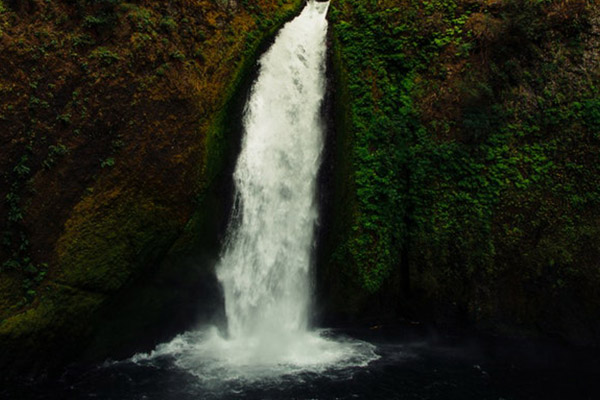If bodhicitta has not been aroused so far, every endeavor should be made to do so. A rather detailed explanation of the specific methods can be found in The Words of my Perfect Teacher. And more extensive instructions on the subject are available in Notes on The Words of My Perfect Teacher, which also have been included in Wisdom Light If bodhicitta has not been aroused so far, every endeavor should be made to do so. A rather detailed explanation of the specific methods can be found in The Words of my Perfect Teacher. And more extensive instructions on the subject are available in Notes on The Words of My Perfect Teacher, which also have been included in Wisdom Light II — Teachings on the Five Preliminaries.1 So there is no need to repeat again now. Teachings in general are easier to understand, unlike treatises. Once understood and subsequently applied in actual practice, uncontrived bodhicitta can surely be aroused.
~ Depicted from THE RIGHT VIEW - The Three Supreme Methods—the ultimate methods of cultivating virtue and training the mind












